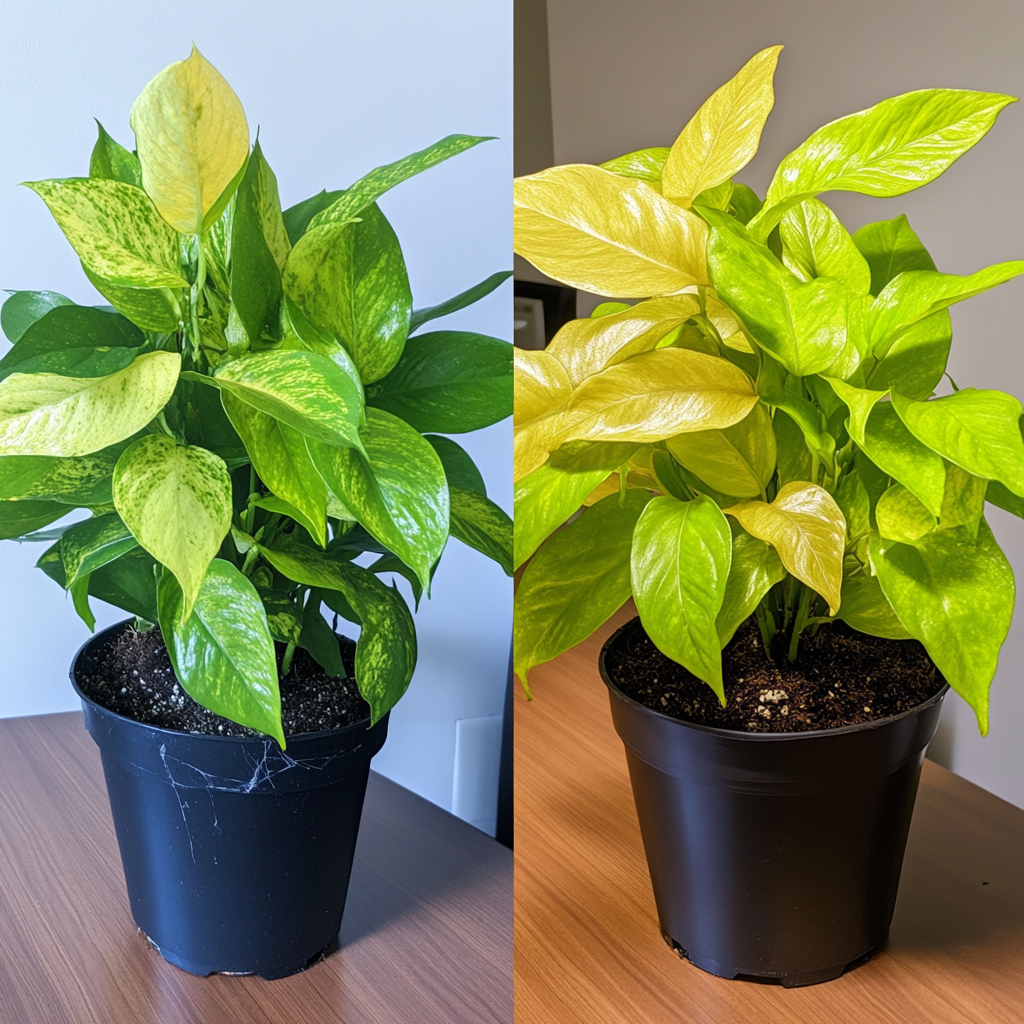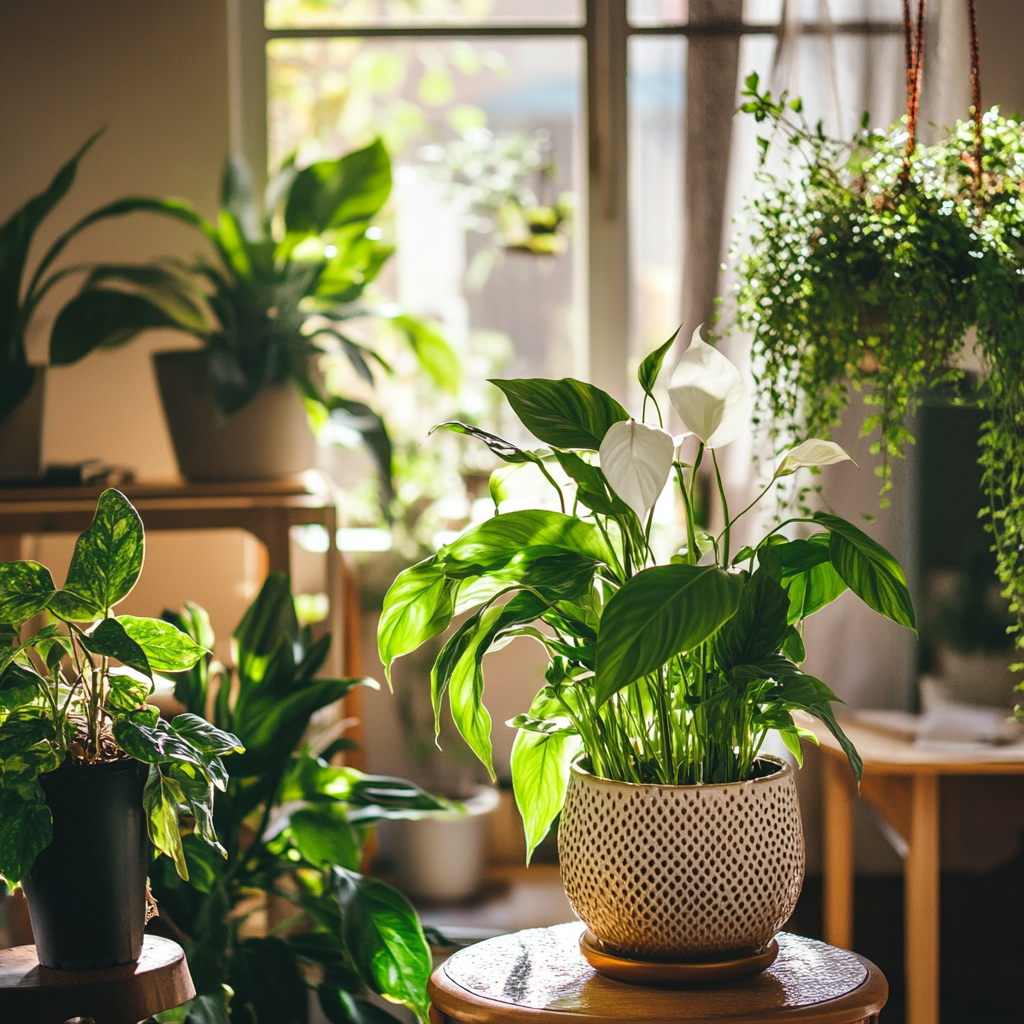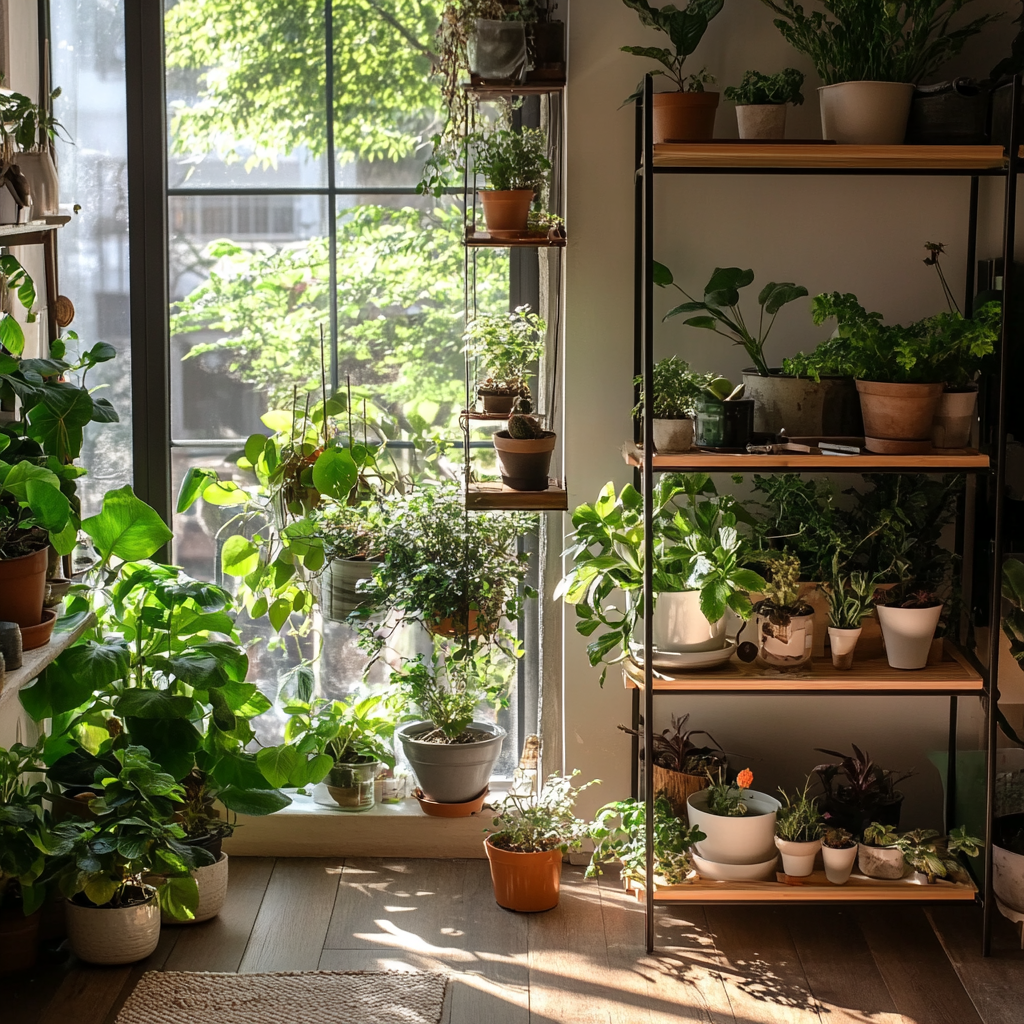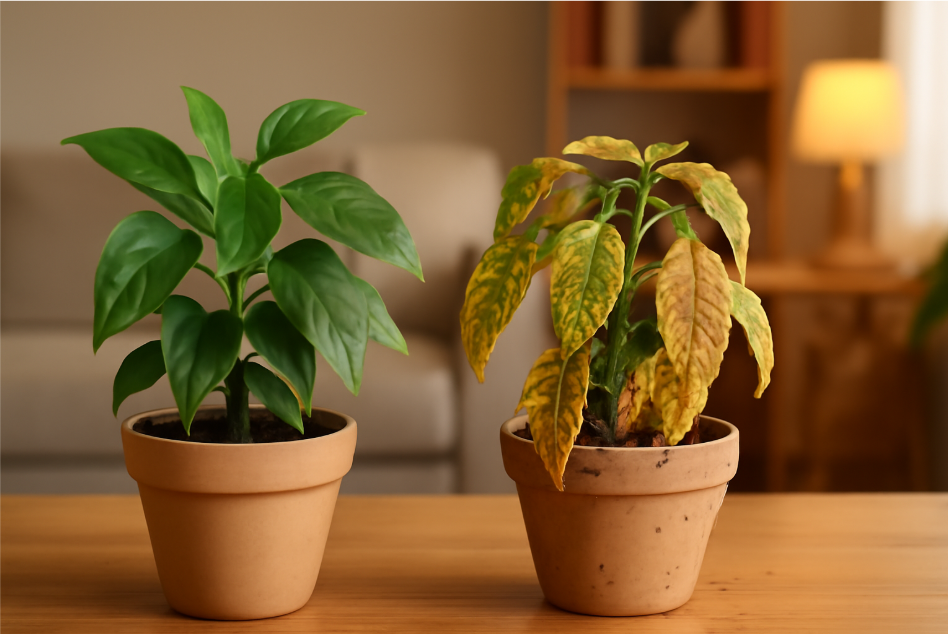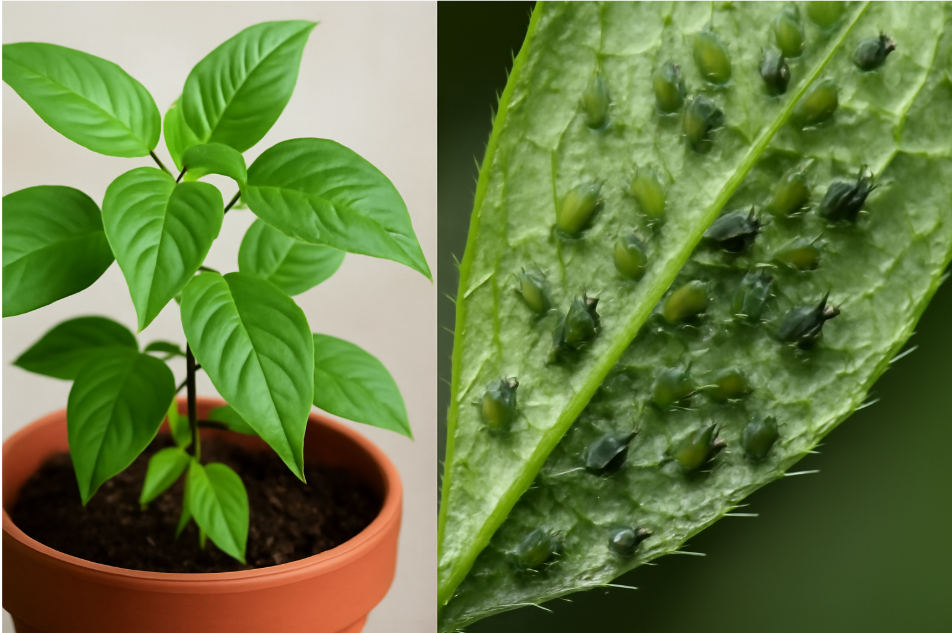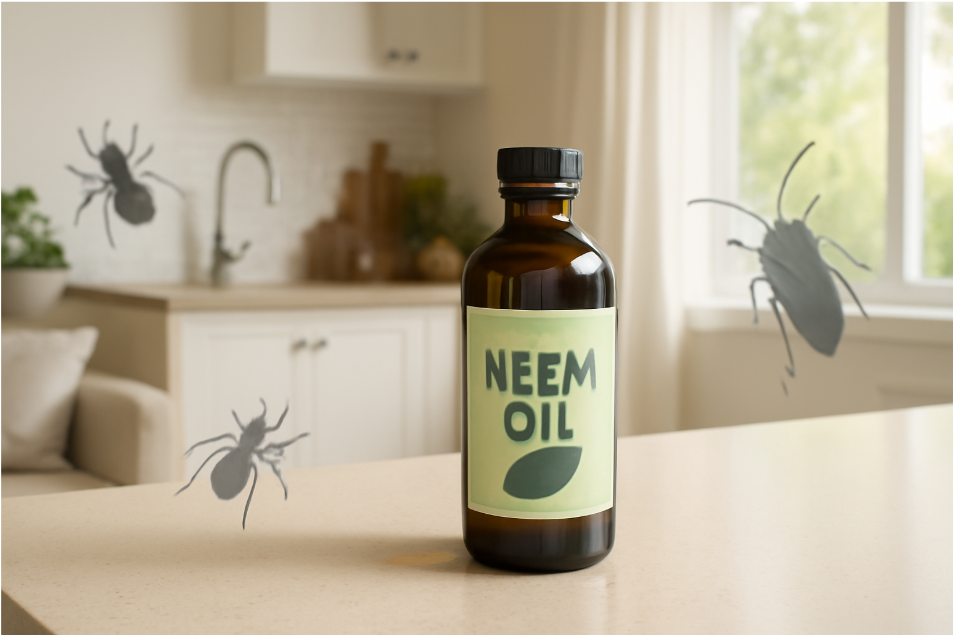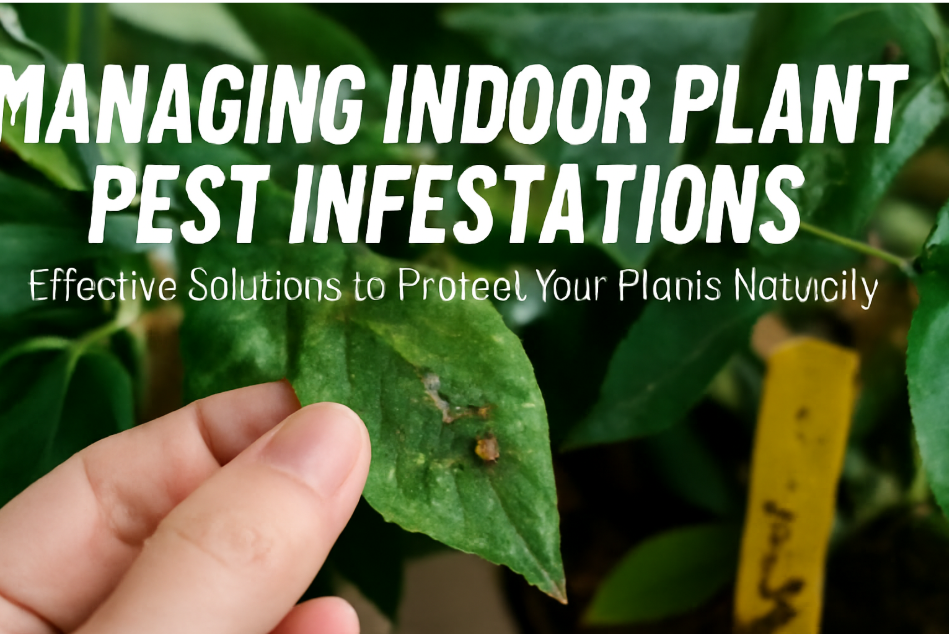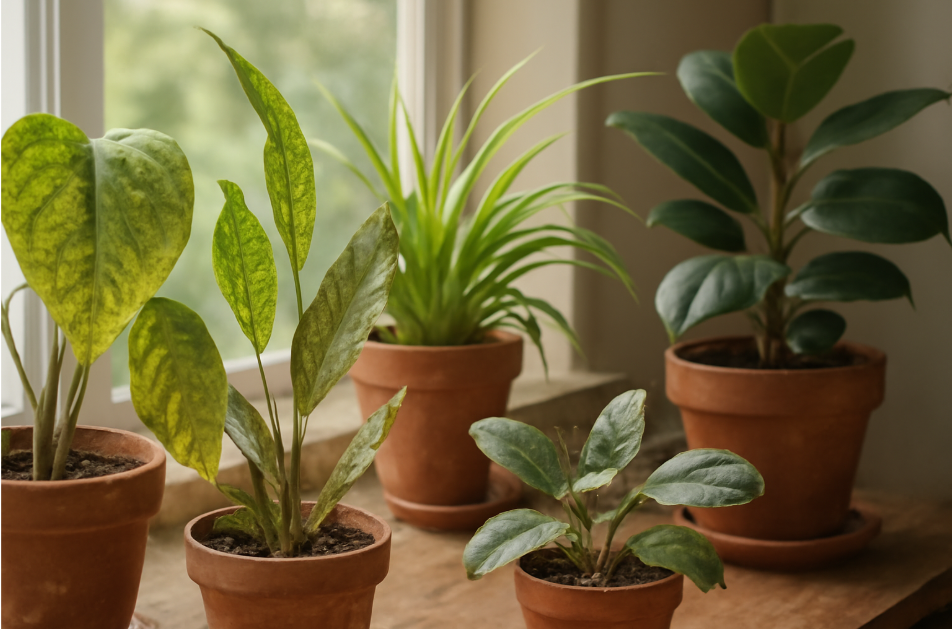Spider mites can be the nightmare for your indoor plants. These small pests are causing damage and making different spots in the plant body. If you have noticed yellowing leaves, fine webs, or the general decline of your plants, spider mites may be the main cause of it. In this article, you will understand what spider mites are and how to dealing with spider mites on indoor plants: identification, prevention, and treatment.

What Are Spider Mites?
Spider mites are very small insects. They are far too tiny to see and often are only noticed upon close inspection. These insects are sap-sucking. In overtime, the plant gradually loses color, or the leaves die.

Why Are They a Problem?
Spider mites are particularly fond of the warm, dry conditions indoors, especially during winter. They reproduce quickly, and what seems to be a minor infestation can blow up into a big problem in no time.
How Do They Reproduce?
Spider mites can lay hundreds of eggs, which hatch within days. Such a quick life cycle makes them hard to control if not treated promptly.
How to Identify Spider Mites
The best way to save your plants is by catching the spider mites early. Here’s how to tell if your plant has them:
- Yellow or Brown Spots
Leaflets with tiny yellow or brown spots may be infested. These are where the mites sucked nutrients from the plant. - Look for Webbing
Spider mites create fine, silky webs around leaves and stems. This is one of the most obvious pieces of evidence of their presence. - Inspect Undersides of Leaves
Spider mites often are hiding under leaves. Gaze at tiny moving dots with a magnifying glass. - Shake Your Plant
Shake your plant gently over a white sheet of paper. If you see tiny moving specks, those will probably be spider mites.

How to Prevent Spider Mites
The best way to get rid of spider mites is to stop them before they even can infect your plants. Following are some very basic ways of prevention:
- Increase Humidity
Spider mites hate moisture. Keep your plants in a humid environment. This helps to eradicate spider mites. - Inspect New Plants
Quarantine any new plants for a week or two before adding them into your indoor garden. Check them thoroughly in that time for pests. - Clean Your Plants
Clean dust-off leaves with a wet cloth or under slightly warm water. - Keep Plants Healthy
Water them well but correctly, providing them with adequate light without excessive fertilization. - Use Natural Material
The usage of neem oil or insecticidal soap spray over your plants every couple of weeks will help to prevent mites.

Getting Rid of Spider Mites
If you already have spider mites, you need to follow some steps. Here are the steps you need to follow to get rid of them:
- Isolate the Affected Plant
The afflicted plant takes away from other plants to avoid the spread of the mites. - Cleanse the Plant
Rinse the leaves in gently warm water to remove as many mites as possible.
A light soap solution of 1 teaspoon of dish soap in 1 liter of water will gently clean the leaves and suffocate the mites.
Repeat every 5–7 days to make sure the new ones are killed. - Apply Natural Remedies
- Neem Oil: Mix 2 teaspoons of neem oil with 1 liter of water and spray on the plant. Neem oil destroys the life cycle of the mites.
- Insecticidal Soap: Spray this directly on the leaves to kill mites without harming the plant.
- Essential Oils: Rosemary or peppermint oil diluted in water can also help.
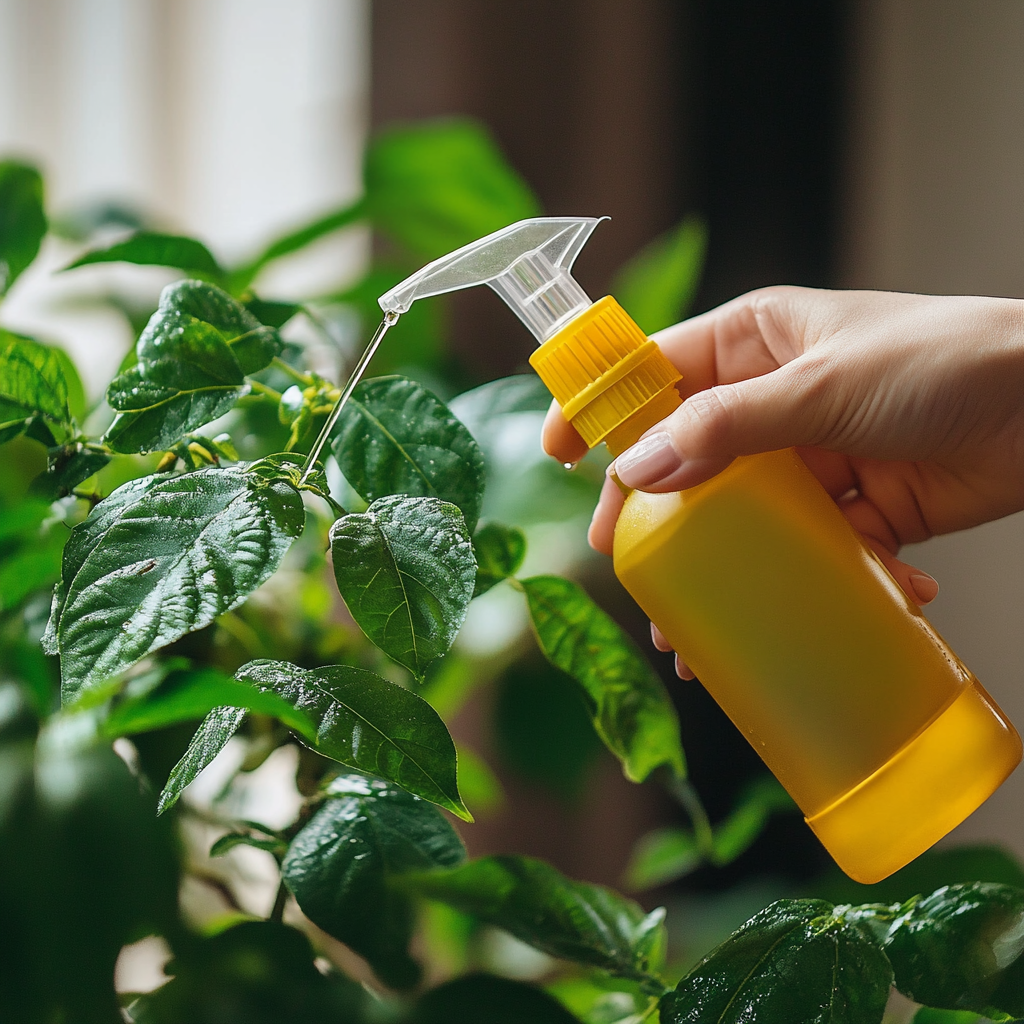
- Introduction of Beneficial Insects
Predatory mites, such as Phytoseiulus persimilis, prey on spider mites and can thereby naturally control these infestations.

- Pruning Infested Leaves
Remove heavily infested leaves or stems and throw them away in a sealed bag to avoid spreading. - Chemical Treatments (Where Necessary)
If the level of infection is high, you may consider the use of chemical pesticides. Effective chemicals for this purpose include:- Avid (Abamectin): A strong miticide for spider mites.
- Floramite (Bifenazate): Controls mites from all life stages.
- Forbid (Spiromesifen): Eliminates mites very fast.
- Kelthane (Dicofol): This is a commonly used pesticide for spider mites.
Always follow the instructions on the product to prevent killing your plants or other desirable insects.
How to Help Your Plant Recover
After having dealt with the spider mites, here are a few ways of caring for your plant to resume its health:
- Proper Care
Water the plant as frequently as possible without causing overwatering.
Give it maximum light, but not direct sunlight, as the plant may still be weak. - Reinfestation Check
Every week, go through the plant to ensure that mites are really eliminated. - Strengthen the Plant
Use a mild fertilizer to provide the plant with extra nutrients as it recovers.

Why Quick Action is Important
Spider mites infest indoor plants and rapidly spread to cause serious damage. If they are left unattended, they will weaken the plant so much that it could be no longer resistant to some other pests and diseases. So, being quick and trying out some of the methods could save your plants and keep them healthy indoors.
Spider mites can be an overwhelming infestation for your indoor plants. But with some general information and a little elbow grease, you will be free of the pests and have healthy plants in no time. Be vigilant with your plants, take steps to prevent the infestation, and catch it early if you do have a problem. The reward of healthy, happy plants is well worth it.
